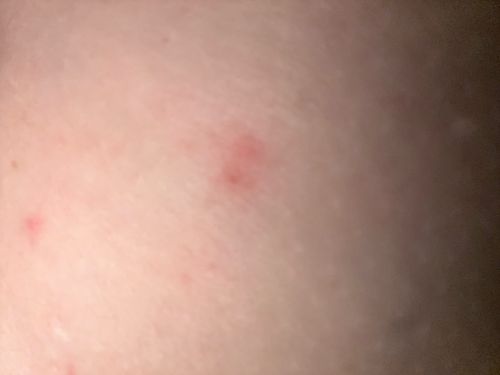Bed Bug
Scientific Name: Cimex lectularius
Order & Family: Hemiptera, Cimicidae
Size: Adult bed bugs are typically 4-5 mm (0.16-0.20 inches) long, similar to an apple seed. Nymphs are smaller, ranging from 1.5 mm to 4.5 mm depending on their stage of development.

Natural Habitat
Bed bugs are found worldwide and are typically associated with human dwellings. They prefer to live in close proximity to their hosts' resting areas, such as mattresses, bed frames, headboards, nightstands, and cracks in walls or furniture. They can also hitchhike on luggage, clothing, and used furniture, spreading to new locations.
Diet & Feeding
Bed bugs are obligate hematophagous insects, meaning they feed exclusively on the blood of warm-blooded animals, primarily humans. They typically feed every 3-7 days, with a feeding lasting 3-10 minutes.
Behavior Patterns
Bed bugs are primarily nocturnal, feeding on sleeping hosts. They are attracted to warmth, carbon dioxide, and certain chemicals. They hide in cracks and crevices during the day, such as mattress seams, bed frames, furniture, and walls. Females lay 1-5 eggs per day, which hatch in about 1-2 weeks. Nymphs mature in about a month under ideal conditions, undergoing 5 molts.
Risks & Benefits
Potential Risks: Bed bug bites can cause itchy welts, leading to skin irritation and secondary infections from scratching. While they are not known to transmit diseases, their presence can lead to psychological distress, anxiety, and sleep deprivation. Infestations can be difficult and costly to eradicate. Potential Benefits: No direct ecological benefits are known for bed bugs. They are considered entirely parasitic pests in human environments.
Identified on: 9/4/2025